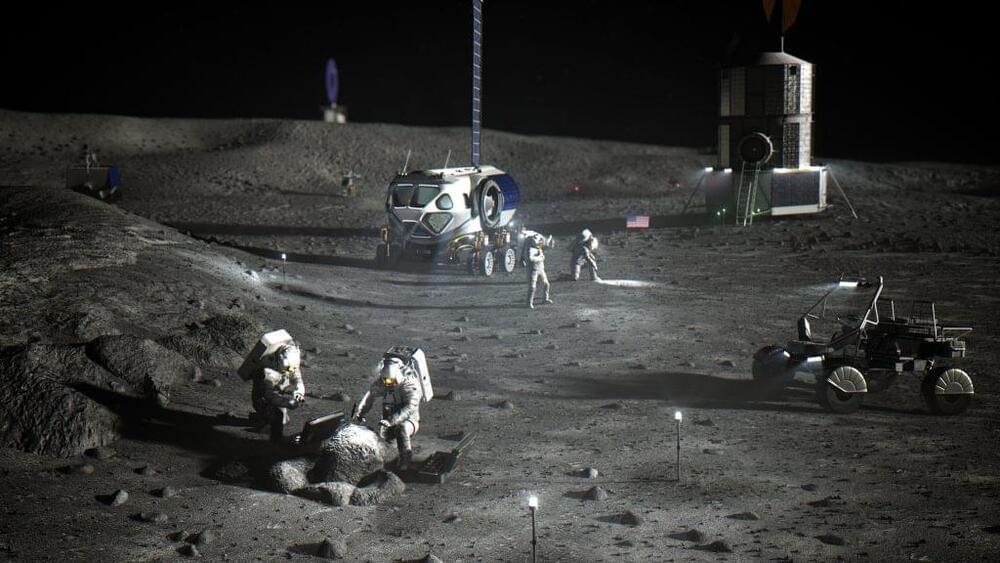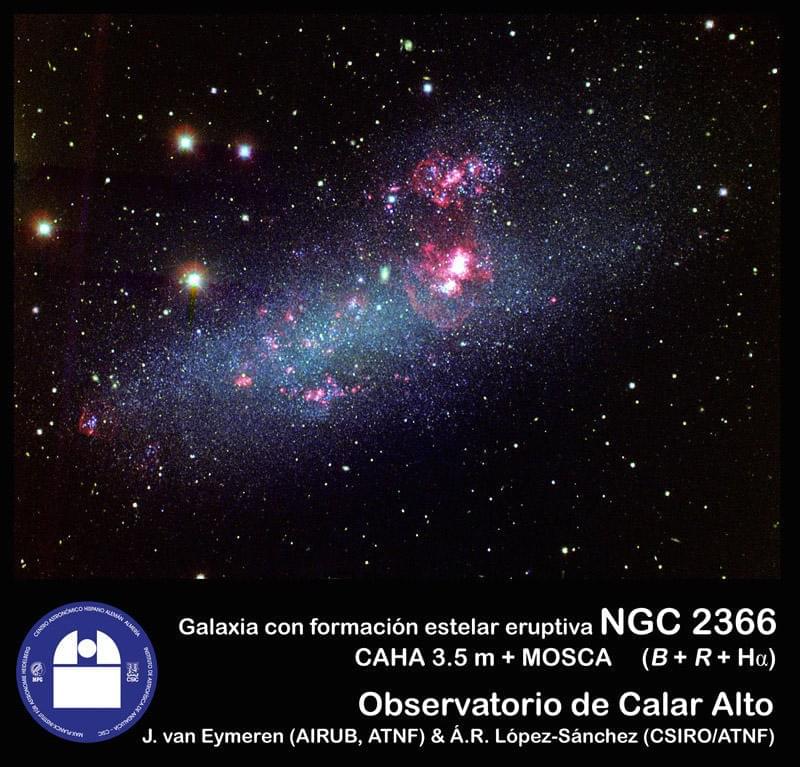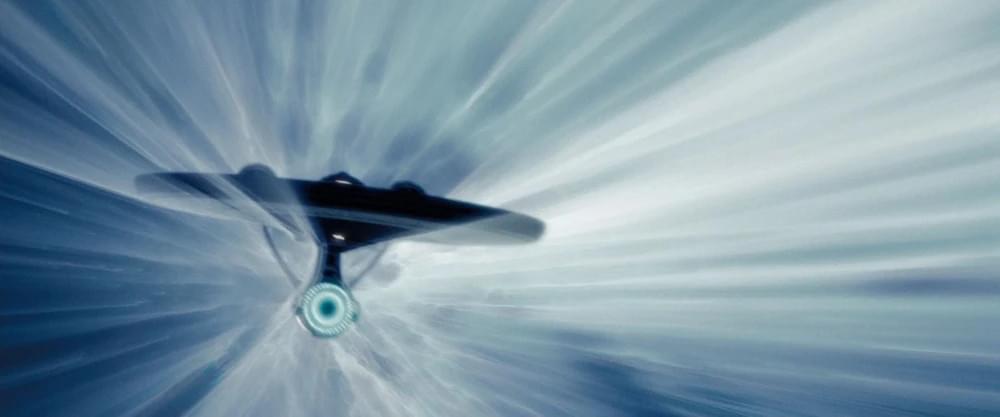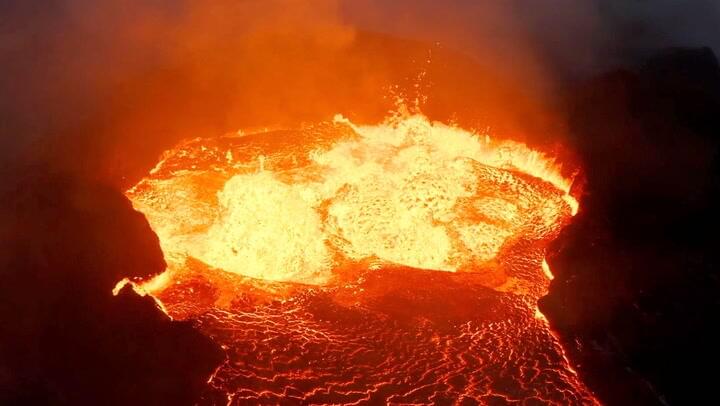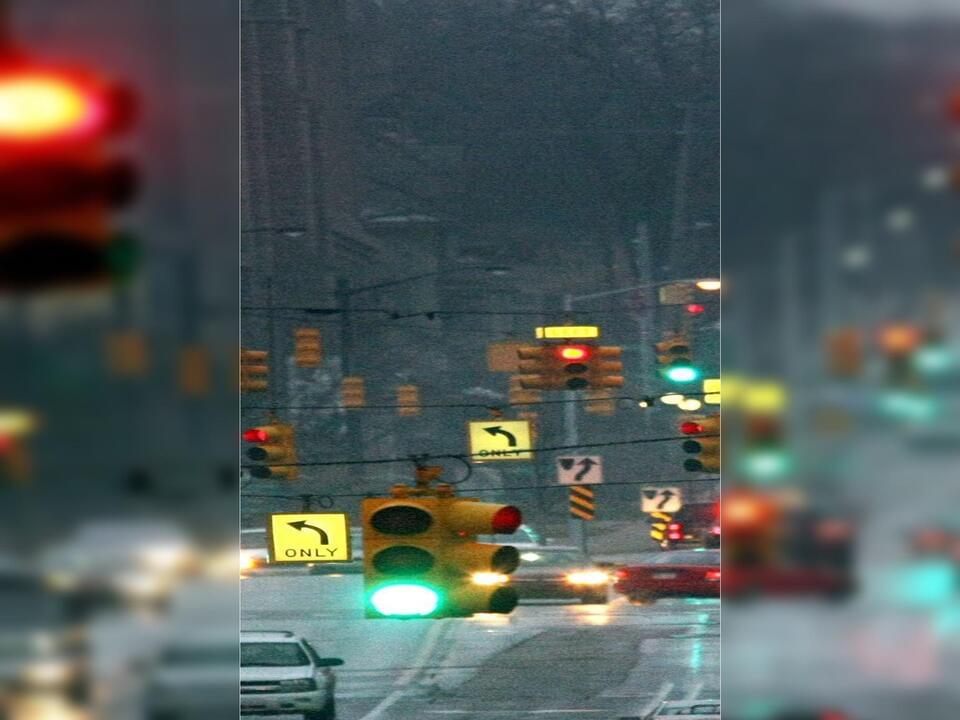How do we really move through spacetime? Sadly the books have sold out. In the meantime, before I do the next print run, here’s a floating moon lamp! https://www.encalife.com/pages/_go_/f…
Astrum merch now available!
Apparel: https://astrum-shop.fourthwall.com/
Metal Posters: https://displate.com/promo/astrum?art… SUBSCRIBE for more videos about our other planets. Subscribe! http://goo.gl/WX4iMN Facebook! http://goo.gl/uaOlWW Twitter! http://goo.gl/VCfejs Instagram! / astrumspace TikTok!
/ astrumspace Astrum Spanish: https://bit.ly/2KmkssR Astrum Portuguese:
/ @astrumbrasil Donate! Patreon: http://goo.gl/GGA5xT Ethereum Wallet: 0x5F8cf793962ae8Df4Cba017E7A6159a104744038 Become a Patron today and support my channel! Donate link above. I can’t do it without you. Thanks to those who have supported so far! #Causality #fourthdimension #astrum.
SUBSCRIBE for more videos about our other planets.
Subscribe! http://goo.gl/WX4iMN
Facebook! http://goo.gl/uaOlWW
Twitter! http://goo.gl/VCfejs.
Instagram! / astrumspace.
TikTok! / astrumspace.
Astrum Spanish: https://bit.ly/2KmkssR
Astrum Portuguese: / @astrumbrasil.
Donate!
Patreon: http://goo.gl/GGA5xT
Ethereum Wallet: 0x5F8cf793962ae8Df4Cba017E7A6159a104744038
Become a Patron today and support my channel! Donate link above. I can’t do it without you. Thanks to those who have supported so far!


